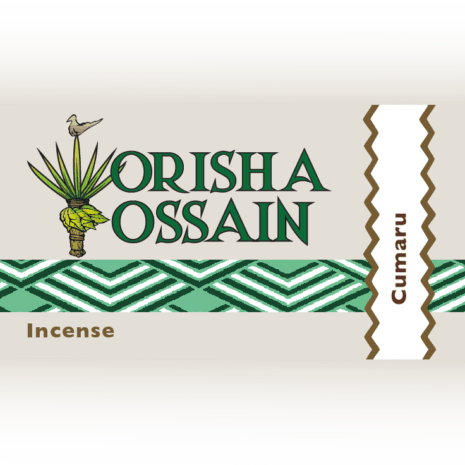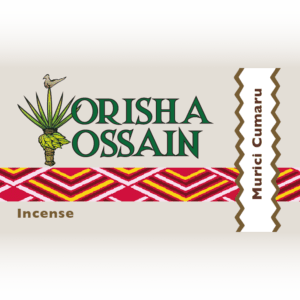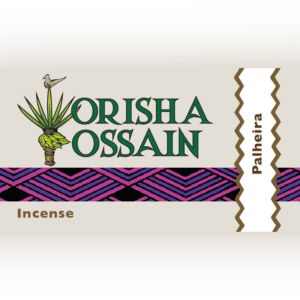Rapé Cumaru
From: €2,48
Three forms of powerful Rapé Cumaru from the Kaxinawa tribe.
For more information read the description below.
Cumaru Puro
Cumaru Nissural
Cumaru de Cheiro
Descripción
Rapé Cumaru
Rapé Cumaru from the Kaxinawa tribe. A unique treat from the Kaxinawa (Huni Kuin) tribe gives us the possibility to study deeper with three types of their powerful Rapé Cumaru.
The three Types/Forms
Cumaru Puro
The first type of Rapé Cumaru is composed of Arapiraca and Cumaru ashes. This form has no other additions. Hence the name puro (pure). The Kaxinawa say that Cumaru is a tree that does not rot because it is very true. It is also believed that she possesses a sense of many incantations.
She also has the ability to relate to spiritual energy and combat malaise. Cumaru ash brings strength and speed when used daily.
Cumaru Nissural
The second type follows the same composition as the puro form of rapé cumaru. This form has a bit of nissural added to it. Just enough to make itself present and not overpowering or too dominant. The Kaxinawa used to be one of the few tribes that used nissural as a medicinal plant. Nowadays it has found its way in as an ingredient in rapé made by various tribes.
According to the Kaxinawa nissural has the power to heal, whether used in a snuff or for example a bath. In their native language, Nissu means disease, and ral means healing. So, it’s the healer of diseases.
Cumaru De Cheiro
The third form of rapé cumaru has a tiny bit of pulverized tonka bean in it. The tonka bean grows on the cumaru tree and is a strong aromatic. I have been told that the percentage of tonka bean in this rapé cumaru is less than one percent by weight of the total composition.
This is a special composition using cumaru bask ashes and pulverized cumaru bean powder. De cheiro is Portuguese for “smelling, having a smell” and in this case, that smell is very nice.
About Rapé Cumaru
Rapé Cumaru is quite strong and can be rough sometimes. It focuses its energetic work on the lower chakras. Cumaru is extremely grounding. It can also put you into deep trance-like states. It easily makes its way into the back of the throat. On some occasions, it can cause deep nausea and detoxification.
As with the Canela de Velho, purging is quite possible. The aftertaste, although quite pleasant, is extremely strong and can cause a continuous stream of phlegm in the throat. Intention and setting have an important role in the administration of this rapé. You should take time and space to prepare for its effects.
About Dipteryx odorata
Dipteryx odorata is commonly known as Cumaru or Cumaru Ferro. This translates as “Iron Cumaru” because of the hardness of the wood. Dipteryx odorata is a very noble hardwood used in construction and for floors and furniture. It is a species of “Flowering plant” in the”Pea” family, The tree is native to Central America and northern South America.

The seeds of the Dipteryx odorata are also called tonka beans (sometimes tonkin beans or tonquin beans). They are black and wrinkled and have a smooth, brown interior. The seeds have a strong fragrance. The fragrance has similarities with, vanilla, almond cinnamon, and cloves.

Climate and Rapé Quality
Proper storage is crucial to maintaining the quality of rapé. Humidity, temperature, and air exposure fluctuations will affect the product over time. For instance, in colder or drier regions, rapé can lose its natural moisture, becoming brittle and harsh to use. On the other hand, in areas with seasonal humidity or inconsistent storage conditions, it can still clump or develop mold if precautions aren’t taken. Regardless of where you live, investing in airtight containers, storing rapé in a cool and dark place, and monitoring humidity levels will ensure that its aroma, potency, and texture are preserved. Proper storage shows respect for the sacred nature of rapé and ensures that you’re receiving its full benefits every time you use it.
Tips to Preserve Snuff Quality
To ensure your Rapé Cumaru stays fresh and potent for as long as possible, especially in humid climates:
- Airtight Containers: Use containers with tight seals, such as screw-cap tins or vacuum-sealed jars, to minimize air exposure.
- Cool, Dark Storage: Store rapé in a cool, shaded area away from direct sunlight and heat sources. In tropical environments, consider using a climate-controlled storage space.
- Avoid Frequent Opening: Minimize the time the container is open to prevent exposure to fluctuating humidity and air.
Handling & Preparation of Rapé Cumaru
I sieve Rapé Cumaru and all other snuff in my shop using a 120-micron, high-grade stainless steel mesh. This meticulous process ensures:
- An exceptionally fine powder.
- Consistent fineness in every batch.
- Removal of unwanted particles.
- Optimal absorption and effectiveness.
To preserve quality, I store all rapé in dry, vacuum-sealed containers. These careful steps ensure every product meets the highest standards of freshness and effectiveness.
Maintaining Freshness and Potency
- The stockroom is always kept:
- Cool and dark to preserve the blend’s freshness and potency.
- Free from excessive moisture and humidity, which can quickly ruin rapé.
- I take extra precautions to:
- Protect rapé from heat, light, and air exposure.
- Keep everything organized for easy access and quality control.
Labeling Process
- I handle the labeling myself to avoid:
- Mislabeled products.
- Misplaced batches.
When someone orders rapé, they can trust they’re receiving exactly what they asked for. While I strive for perfection, I occasionally make small mistakes, but these are rare and will be corrected.
Handling New Stock
When new shipments arrive, I carefully transfer the rapé into proper containers. This minimizes unnecessary exposure to air or light. I also:
- Rotate stock regularly to ensure older batches are used first.
- Store rapé in vacuum-sealed containers to maintain its freshness and quality.
Respecting the Product
Handling rapé is not complicated, but it requires attention to detail. For me, it’s about respecting the product and ensuring it reaches customers in the best possible condition.
Armando, Shop Owner
Additional information
| Weight | N/A |
|---|---|
| Available in | 1 gram, 10 grams, 20 grams, 40 grams |
| Type/Form | Puro, de Cheiro, Nissural |





